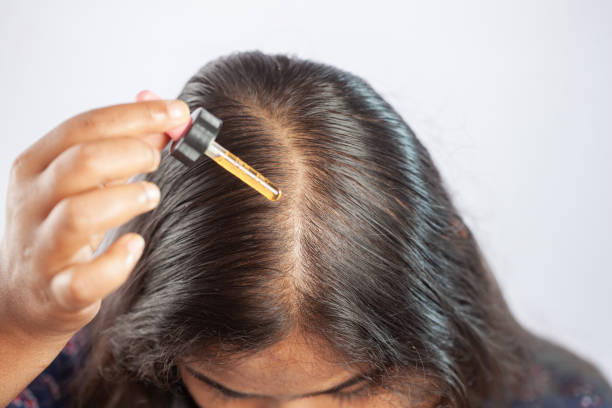Massages are a great way to improve your performance through increasing flexibility, decreasing fatigue, and boosting energy levels. Massages can also help prevent injuries by addressing muscle imbalances by reducing tightness and tension.
When deciding on the best technique, take into consideration the athlete’s goals for performance and training goals. Pre-event sessions should focus on warming up muscles and increasing circulation. Post-event exercises aid in reducing the buildup of lactic acid and aid in muscle recovery.
Benefits
Massage therapy can increase athletic longevity, whether an athlete is a professional or a weekend warrior. It achieves this by addressing muscle imbalances and avoiding injury. Getting a regular sports massage prior to and following workouts helps loosen up muscles and prevent injuries and strains that keep athletes off the field.
Another benefit is greater flexibility. Through stretching muscle fibers and breaking down scar tissue, sports massage improves an athlete’s flexibility and allows them to move more efficiently and agility.
Flexibility increases and decreases the risk of injury, allowing athletes to train more and achieve a higher standard of performance.
Athletes also reap the benefits of the psychological effects of massages for athletes. Massages can relax the body and stimulate the parasympathetic system, which aids athletes in staying focused.
Athletes should schedule the time for a Best spa Hoi An prior to a competition which targets muscle groups of major importance and replicates movements they will make during their sport or an exercise session. In addition, it is recommended to stay clear of methods that could be too harsh or increase the risk of an adverse reaction. Keep in constant communication with your therapist regarding the pressure and comfort.
Prevention of Injury
Massage therapy for sports helps to prepare your body for physical exertion and also eases the stress of overexertion. It reduces the chance of injury, and enhances performance in athletics. It’s also an important component in the process of recovery which speeds up the time to get back to peak performance levels.
Pre-Event Massage
Massages that stimulate endorphin release, which is the body’s natural stress-reducing agent. This can lower cortisol production, which helps reduce fatigue and increase mental clarity.
Post-Event Massage
The buildup of lactic acid can result from intense exercise or repetitive movements, causing muscle pain. Massage helps in the elimination of toxins, and reduces pain while increasing flexibility of movement. Massage boosts oxygen and the nutrients that are available to muscles.
Flexibility
The ability to move with ease is the foundation of athletic success and is essential for avoiding injuries. The techniques used in a sport massage can help improve flexibility and lengthen muscles fibers, which increases elasticity. The muscles can then move more freely and unlock new athletic levels. See more information in the Korean version at: 호이안 마사지
Massage Techniques
Massage for athletes requires specialized techniques that are optimized to enhance the performance of athletes, minimize injuries, and aid in recovery after intense training or exercise. These can be employed pre-event to help prepare muscles for physical activity or post-event to aid the body’s natural healing process as well as during training to address muscular imbalances and improve the performance.
Massage can increase the flexibility of athletes by releasing muscles that are tight, which restricts movement. Massage is also a vital component of healing from injuries because it boosts circulation and breaks up scar tissue. It accelerates the process of healing by eliminating any obstructions within the tissues.
Another physiological effect of massage is increased temperature, which helps warm the muscles as well as soft tissue. The therapist’s hands on muscles generates heat which opens up the blood vessels, increasing the speed at which blood flows through them. The increase in blood flow helps eliminate waste products, like lactic acid, and delivers oxygen and nutrients to the muscles more efficiently.
Athletes often engage in intensive training and exercise, which can lead to tension and pain. Massage relieves stress and pain by stimulating endorphins. Endorphins are our body’s natural mood-lifters and painkillers.
Muscle Recovery
Athletes work hard to improve their performance however, the rigorous training they do can cause strain, injury and stress. Regular massages can help to prevent and treat any muscle issues. This enables athletes to achieve their maximum potential and reduce the time they are off.
The effects of massage are increased lymphatic drainage and blood circulation, allowing waste products (such as the lactic acid) to be removed from the muscles. Massage reduces swelling, stiffness, and pain and makes muscles more flexible and able to work earlier.
Another result of sports massage is a greater flexibility. This is achieved through the combination of stretching and massage techniques that manipulate the muscles and joints to lengthen the muscles, thus increasing flexibility and range of motion. This improves agility and decreases injuries when playing sports.
In addition, sports massage can help to improve focus and mental health. It stimulates the parasympathetic nerve system, decreases cortisol levels and increases endorphins, which can promote an optimistic mental state and helps athletes perform at their best. Massage can improve athletic performance since it helps reduce muscle fatigue and improves the condition of muscles. This helps athletes train harder to recover more quickly and perform better. It also increases the longevity and quality of an athlete’s life. *Athletes with a high incidence of DOMS might get more benefit from regular massage than those who do not have a high incidence of DOMS.

